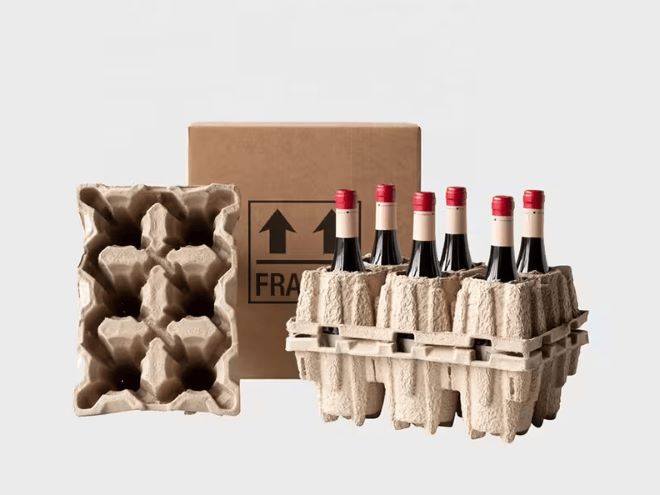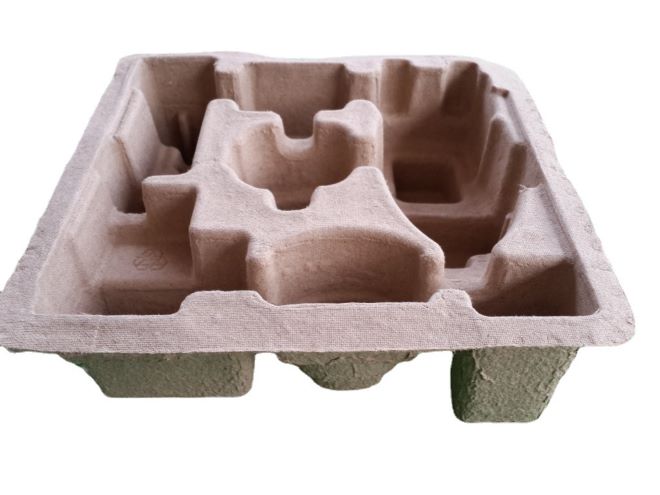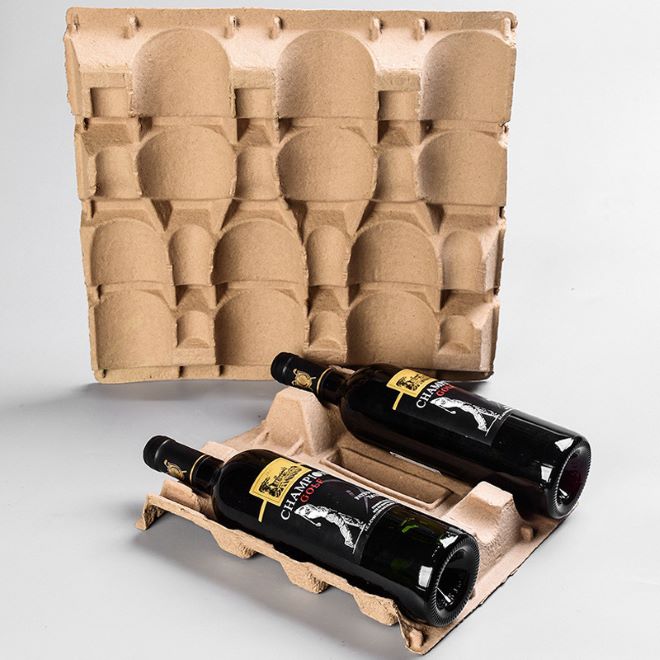As the demand for pulp molded products continues to grow, more industries are turning to pulp molded packaging. But how do you choose a high-quality pulp molded product? Let's use pulp molded industrial packaging as an example to guide you through the selection process.

Measurement Conditions
The standard conditions for adjusting and testing pulp molded industrial packaging are based on GB/T10739. Factory inspections are conducted under normal temperature and humidity conditions, with a relative humidity of 50% ± 2% in a standard environment of 23℃ ± 1℃. The samples must be preconditioned for at least 24 hours. The outer dimensions of the packaging are measured using a steel ruler or caliper with 1mm graduations. At least five samples should be measured, and the arithmetic average should be calculated, accurate to 1mm.
Packaging Weight
To measure the weight, use an appropriately accurate electronic scale. Weigh at least five samples, calculate the average, and determine the mass deviation using the appropriate formula.
Appearance
The key appearance requirements include:
- Surface Integrity: No cracks should be present (as per BB/T 0045-2007, cracks should be less than 1mm in width and 40mm in length).
- Surface Smoothness: The product's surface should be flat with no broken edges.
- Impermeability and Uniform Texture: The product must be impermeable with a consistent texture.
- Defects: The product should have no accumulations, laminations, or other defects.
- Dustiness and Color Consistency: The appearance should meet customer requirements for dustiness and color consistency, visually inspected under natural light.
Moisture Content
The moisture content in pulp molded products is the ratio of the mass reduction after drying to the mass at the time of sampling, expressed as a percentage. While a handheld moisture meter can provide a quick reading, for precise measurements, use a drying oven at 105℃ ± 2℃, drying the sample for at least one hour. The sample should then cool to room temperature and be re-dried until the mass difference between dryings is less than 0.1%, indicating a constant weight.
Color
Inspect the color of pulp molded products visually, comparing them to the customer's signed sample to avoid discrepancies. For products with stringent color requirements, consider using a whiteness detector or colorimeter for accuracy.
Water Absorption
Test the product's mesh surface according to GB/T 460. The ink line width should be adjusted to 1mm, and after 30 seconds of measurement, the width should not exceed 2mm. Measurements should be taken at least three different positions.
Smell
Evaluate the product for any unpleasant odors through olfactory perception to ensure it doesn't produce any discomforting smells.
Drop Test
Perform a drop test to simulate how the packaging behaves when dropped from different heights on various edges, corners, and faces. This test helps to assess the packaging's damage resistance and to determine the drop height and impact it can withstand. Reference standard GB/T2423.8-1995 can be used for this purpose.
For industrial packaging, the standard drop test height is between 0.8m and 1m, with drops performed on one corner, three edges, and six faces. After the test, the packaging should maintain its function and appearance without structural damage to the pulp molded product.
This guide ensures that you select the best pulp molded industrial packaging that meets both industry standards and specific customer needs.



